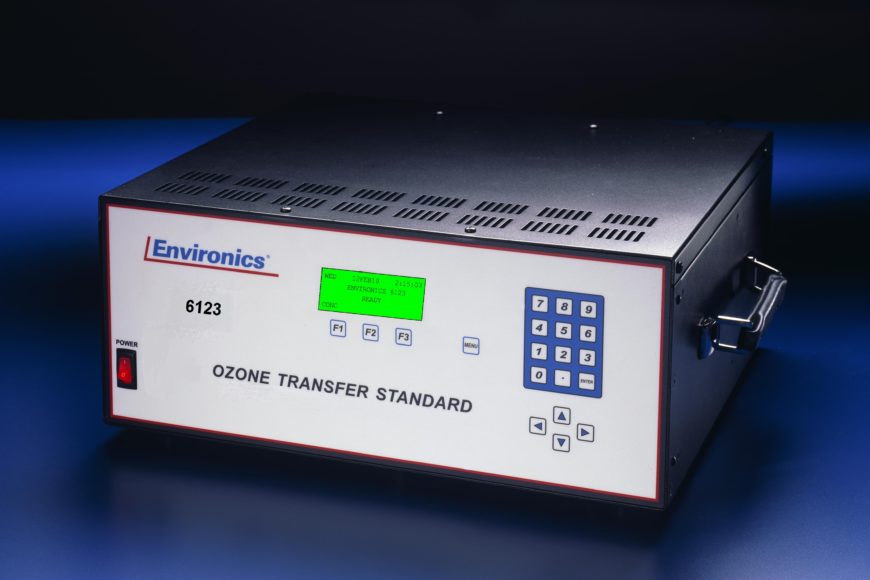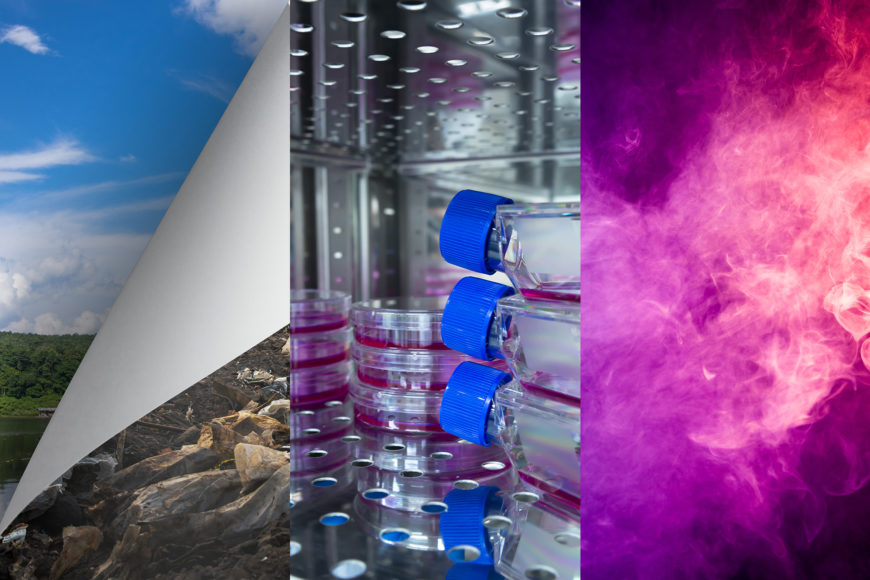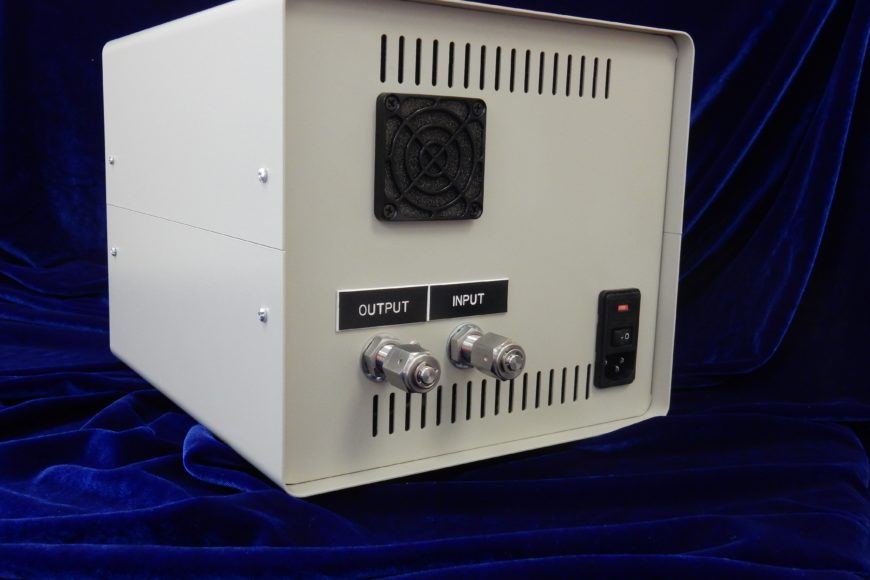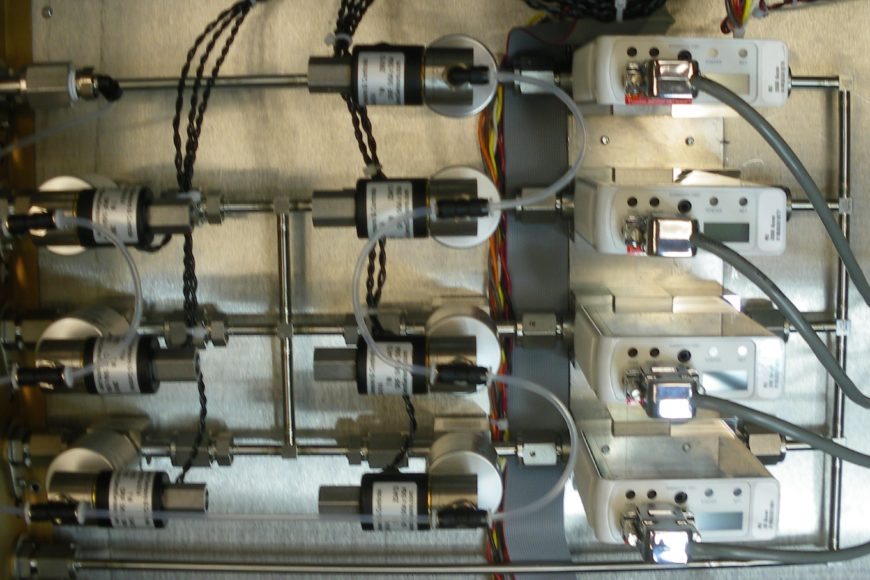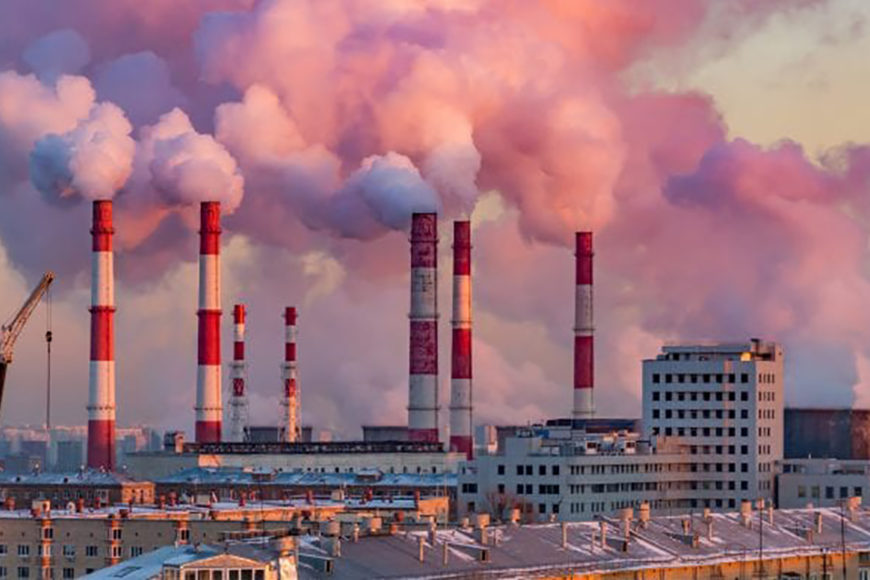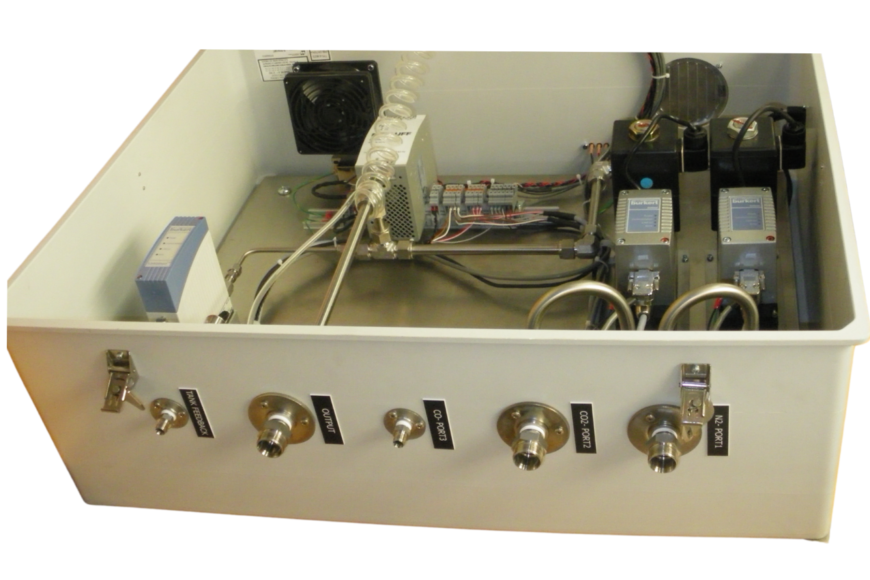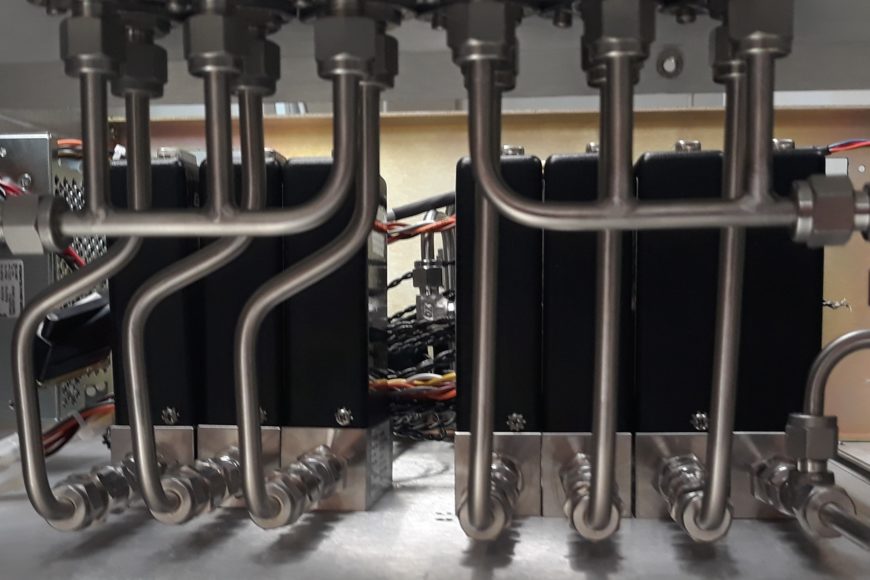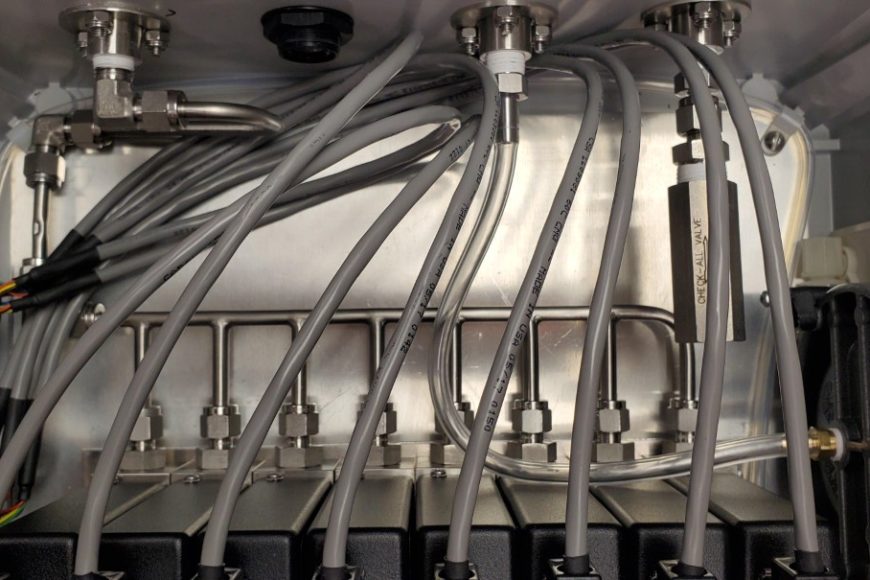There are many applications which require gas mixtures at relative concentrations that cannot simply be bought as pre-mixtures. Therefore, being able to blend your own
Read MoreGases can be particularly challenging to measure in comparison to liquids and solids. For many applications that involve gas mixtures, the relative concentration of the
Read MoreAt Environics, we deliver gas mixing technologies based on ultra-precise thermal mass flow controllers (MFCs) and extremely accurate computerization and calibration. This enables us to
Read MoreA permeation system is a simple yet effective device used to generate precise gas blends for a wide range of applications, from biological/medical mixing to
Read MoreContinuous emission monitoring—sometimes abbreviated to CEM—is a requirement established by the US Environmental Protection Agency (EPA) to ensure compliance with the appropriate emission standards. It
Read MoreGas chromatography (GC) is a workhorse technique used to separate, identify, and quantify chemical compounds contained in a carrier gas. It is renowned for its
Read MoreAcross the globe, environmental regulatory authorities require manufacturing industries to monitor their pollutant emission rates. The most common means of measuring emissions is with continuous
Read MoreModified atmosphere packaging is used to either passively or actively monitor or alter the atmosphere which surrounds a product inside a package. Modified atmospheres are
Read MoreHow Do Gas Blenders Work?
As the name might suggest, gas blenders are designed to mix different gases for academic, commercial, and industrial purposes. Sometimes referred to as blends, specific
Read MoreWhat is Gas Dilution?
In many industrial or research applications, gases need to be diluted from a high concentration to a variety of lower concentrations. A frequently used application
Read More

